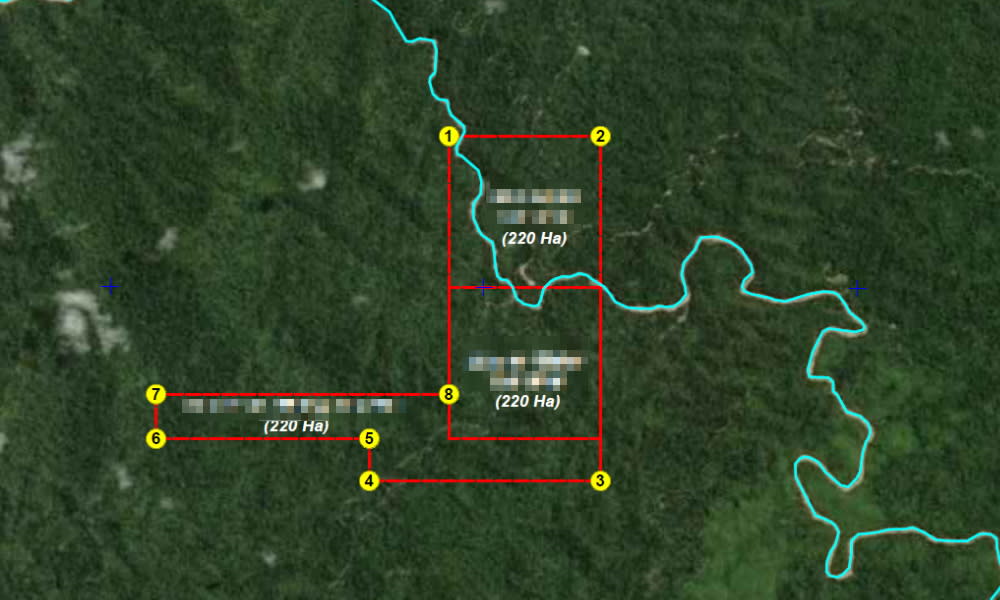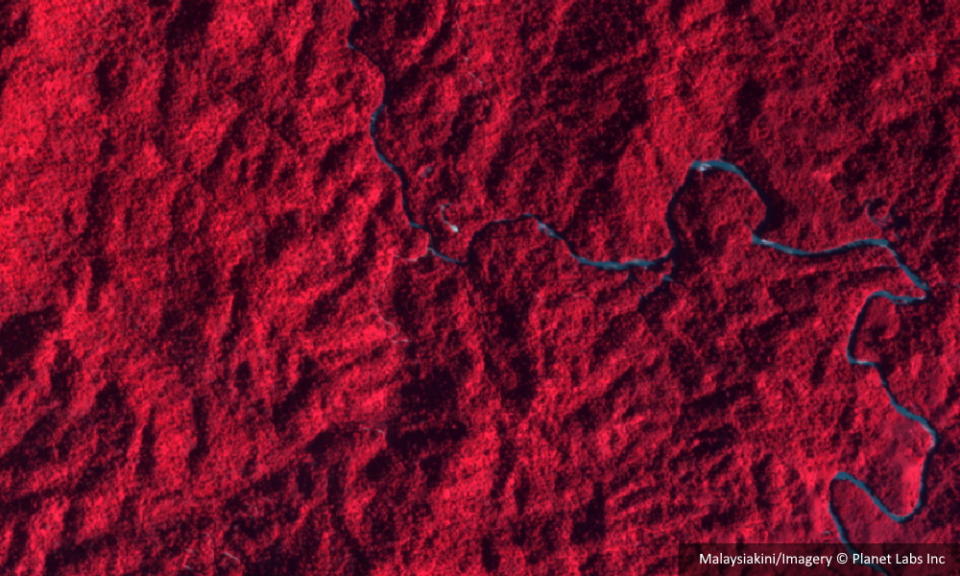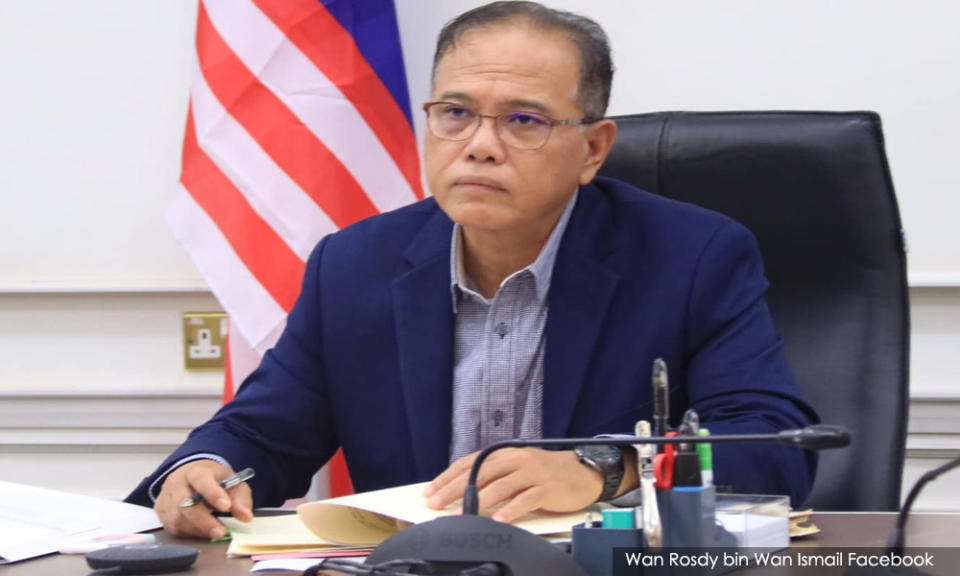Planned rare earth mine in Jelai forest can fit in 924 football fields

Plans are afoot to mine rare earth from the Jelai forest in Pahang with the proposed project covering an area that can fit in 924 football fields.
At present, the project - which spans 660 hectares - has not yet been approved.
However, a meeting with the Department of Environment (DOE) and other stakeholders is slated for Monday to discuss the terms of reference (TOR) for an environmental impact assessment (EIA) report.
According to the TOR sighted by Malaysiakini, the mining site is undeveloped land that has been "logged out".
Three mining leases have reportedly been issued by the Pahang state government for the land on the condition that any forest excised must be replaced with another.
The TOR states that the area is currently classified as a Rank 2 environmentally sensitive area.
Satellite imagery of the proposed mining site from Google Maps this year - as well as from Planet Labs in February - show that the area is still densely covered by forests.
Infrared false colour satellite imagery also indicates that the area is rich in vegetation. Chlorophyll from plants reflects near-infrared light while water absorbs it.

A major river, Sungai Telum, passes through the proposed site which also has several smaller streams running through it.
There are also two Orang Asli villages, Kampung Jintir and Pos Lanai, which are two and six kilometres southeast of the proposed project site respectively.
'In-situ leaching' method
The TOR - which was commissioned by the company heading the project - said that the plan is to mine lanthanide from the site.
Widely used for industrial and scientific purposes, lanthanide is the same element processed by Australian rare earth company Lynas Corporation in Malaysia.
The company proposes to mine the rare earth ore using the "in-situ leaching" method.
This entails drilling holes into the ground so that chemicals can be injected into the soil to flush out the rare earth after which the rare earth-rich solution is pumped out for further processing to concentrate its contents.
A 2018 review of the method by the journal MRS Energy & Sustainability said that by using the in-situ leaching method, most of the vegetation and topsoil would not need to be removed.
However, this does not mean it has a negligible environmental impact as the review also noted the risks of groundwater, river and soil pollution.

Malaysiakini has contacted the company, the DOE and Pahang Menteri Besar Wan Rosdy Wan Ismail - who is in charge of land and natural resources in the state - for comment.
One of those joining in the TOR meeting slated for tomorrow is rights-group Suaram.
Suaram's People Before Profit desk coordinator B Suresh Kumar said if the project goes through, it could have catastrophic side effects.
"Rare earth mining in a jungle, near a river, near Orang Asli settlement equals an environmental disaster," he told Malaysiakini.
Suresh said this was also one of the worst development projects proposed near the Pos Lanai Orang Asli village which is 6km away from the proposed site.
Previously, there were plans to erect a dam near Pos Lanai but the project was scrapped by the Pakatan Harapan government in 2019.
Orang Asli villagers from Pos Lanai had in September last year submitted a protest letter against the proposed rare earth project in Jelai to the Orang Asli Development Department (Jakoa).
Additional reporting by Koh Jun Lin.


